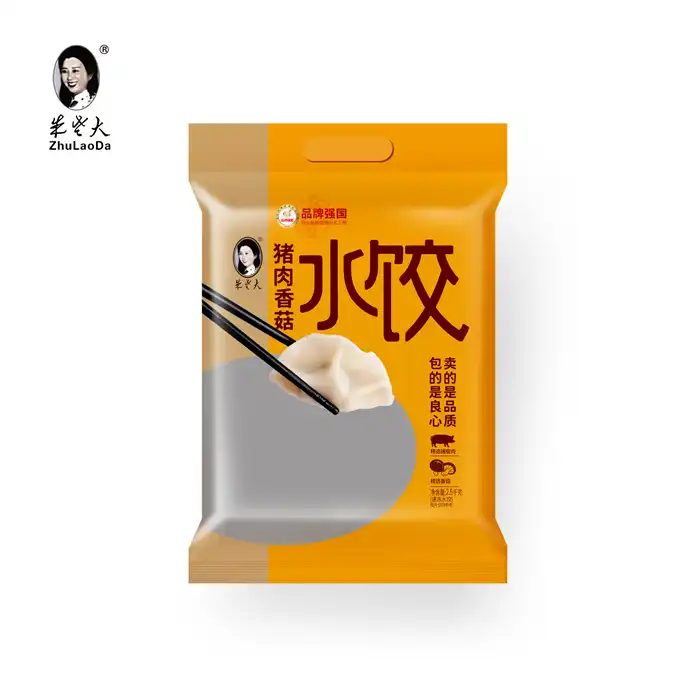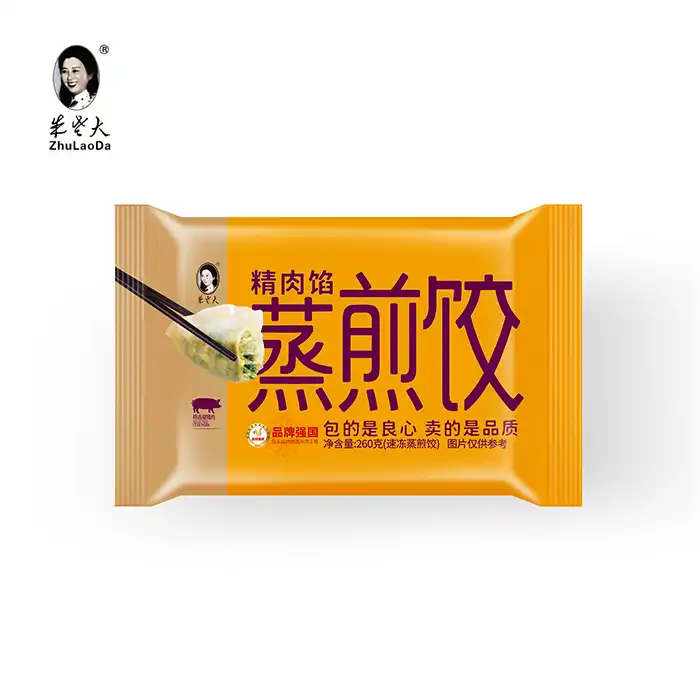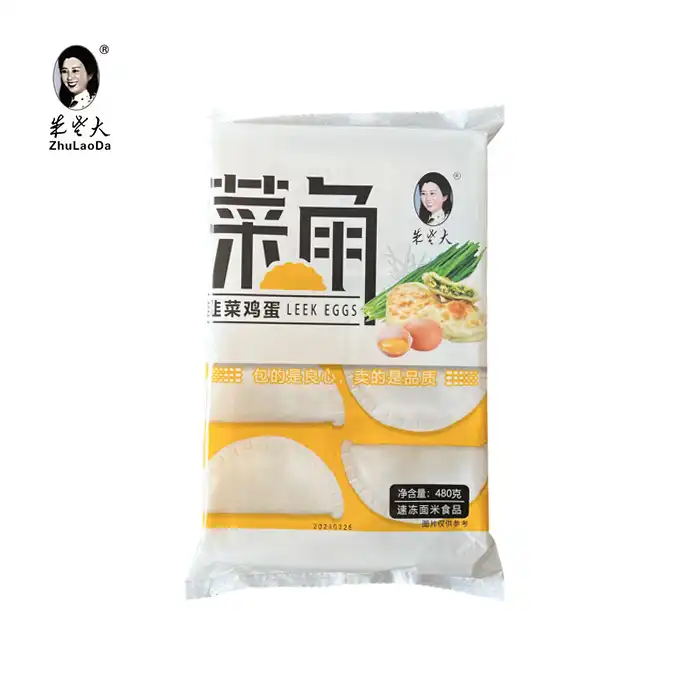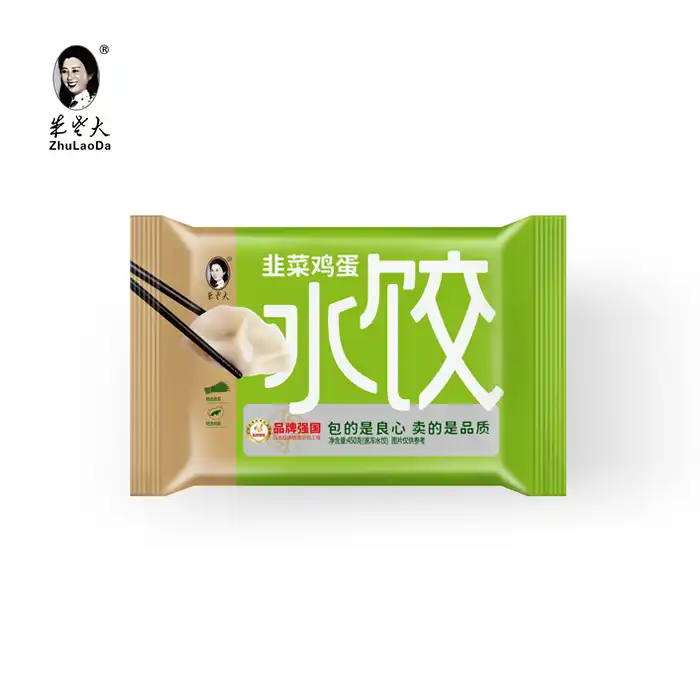- English
- French
- German
- Portuguese
- Spanish
- Russian
- Japanese
- Korean
- Arabic
- Greek
- German
- Turkish
- Italian
- Danish
- Romanian
- Indonesian
- Czech
- Afrikaans
- Swedish
- Polish
- Basque
- Catalan
- Esperanto
- Hindi
- Lao
- Albanian
- Amharic
- Armenian
- Azerbaijani
- Belarusian
- Bengali
- Bosnian
- Bulgarian
- Cebuano
- Chichewa
- Corsican
- Croatian
- Dutch
- Estonian
- Filipino
- Finnish
- Frisian
- Galician
- Georgian
- Gujarati
- Haitian
- Hausa
- Hawaiian
- Hebrew
- Hmong
- Hungarian
- Icelandic
- Igbo
- Javanese
- Kannada
- Kazakh
- Khmer
- Kurdish
- Kyrgyz
- Latin
- Latvian
- Lithuanian
- Luxembou..
- Macedonian
- Malagasy
- Malay
- Malayalam
- Maltese
- Maori
- Marathi
- Mongolian
- Burmese
- Nepali
- Norwegian
- Pashto
- Persian
- Punjabi
- Serbian
- Sesotho
- Sinhala
- Slovak
- Slovenian
- Somali
- Samoan
- Scots Gaelic
- Shona
- Sindhi
- Sundanese
- Swahili
- Tajik
- Tamil
- Telugu
- Thai
- Ukrainian
- Urdu
- Uzbek
- Vietnamese
- Welsh
- Xhosa
- Yiddish
- Yoruba
- Zulu
Are pork and chive dumplings healthy?
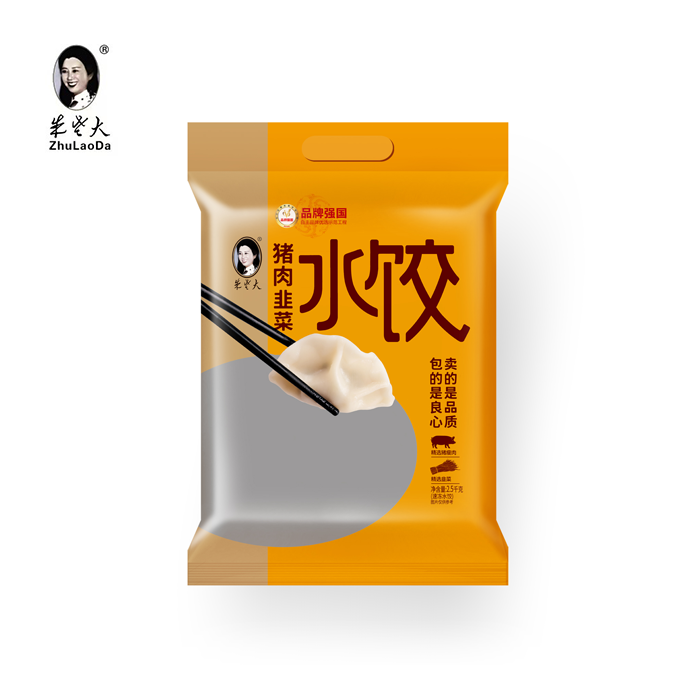
Pork and chive dumplings, a beloved staple in Chinese cuisine, offer a mix of nutritional benefits. These savory morsels provide protein from pork, vitamins and minerals from chives, and carbohydrates from the wheat flour wrapper. However, they can be high in sodium and fat, especially when pan-fried. Moderation is key – enjoying Chinese chive and pork dumplings as part of a balanced diet can be a flavorful way to incorporate diverse nutrients into your meals. The healthiness of these dumplings ultimately depends on preparation methods, portion sizes, and individual dietary needs.
The Nutritional Profile of Chinese Chive and Pork Dumplings
Protein Content and Quality
Chinese chive and pork dumplings are a substantial source of protein, primarily from the pork filling. Protein is essential for building and repairing tissues, supporting immune function, and maintaining muscle mass. The pork used in these dumplings provides all nine essential amino acids, making it a complete protein source. A typical serving of pork and chive dumplings can contribute significantly to your daily protein intake, helping you feel satiated and energized.
Carbohydrate Composition
The dumpling wrapper, usually made from wheat flour, is the primary source of carbohydrates in Chinese chive and pork dumplings. These carbohydrates provide energy for bodily functions and physical activities. However, it's important to note that the refined flour used in most dumpling wrappers may not offer the same nutritional benefits as whole grains. For those monitoring their carbohydrate intake, portion control becomes crucial when enjoying these dumplings.
Fat Content and Types
The fat content in pork and chive dumplings varies depending on the cut of pork used and the cooking method. While fat is necessary for hormone production and nutrient absorption, excessive intake can lead to health issues. The pork in these dumplings provides both saturated and unsaturated fats. Opting for leaner cuts of pork or incorporating more vitamins into the filling can help balance the fat content. Additionally, choosing steamed over fried dumplings can significantly reduce the overall fat content.
Vitamin and Mineral Content
Chinese chives, a key ingredient in these dumplings, are packed with vitamins and minerals. They are particularly rich in vitamin K, which is essential for blood clotting and bone health. Chives also contain vitamin C, folate, and antioxidants that support overall health. The pork filling contributes essential minerals such as iron, zinc, and selenium. These micronutrients play vital roles in various bodily functions, including oxygen transport, immune system support, and thyroid function.
Health Benefits and Potential Concerns of Pork and Chive Dumplings
Digestive Health Impact
The combination of ingredients in Chinese chive and pork filling dumplings can have mixed effects on digestive health. The fiber content from the chives can aid digestion and promote regular bowel movements. However, the high-fat content, especially in fried dumplings, may lead to discomfort for some individuals. Those with sensitive digestive systems might find steamed dumplings easier to digest. It's also worth noting that the wheat flour wrapper may cause issues for people with gluten sensitivities or celiac disease.
Cardiovascular Health Considerations
The impact of pork and chive dumplings on cardiovascular health is multifaceted. On one hand, the protein from pork can help maintain healthy blood pressure levels. Chives contain allicin, a compound known for its potential to improve heart health by reducing cholesterol levels. However, the high sodium content often found in dumpling fillings and dipping sauces can contribute to hypertension if consumed in excess.
Additionally, the saturated fat content in pork may raise LDL cholesterol levels, a risk factor for heart disease. Balancing dumpling consumption with heart-healthy foods and opting for lower-sodium versions can help mitigate these risks.
Weight Management Implications
Incorporating Chinese chive and pork dumplings into a weight management plan requires careful consideration. These dumplings can be calorie-dense, especially when fried, potentially leading to weight gain if consumed frequently or in large portions. However, the protein content can promote feelings of fullness, potentially reducing overall calorie intake.
For those watching their weight, opting for steamed dumplings, controlling portion sizes, and pairing them with vitamins can create a more balanced meal. It's also worth exploring alternative cooking methods, such as air frying, which can reduce the calorie content while maintaining flavor.
Potential Allergens and Sensitivities
While delicious, pork and chive dumplings may not be suitable for everyone due to potential allergens and sensitivities. The wheat flour wrapper contains gluten, which can trigger reactions in individuals with celiac disease or gluten sensitivity. Some people may also have sensitivities to pork or specific spices used in the filling.
Additionally, the soy sauce often used in dipping sauces contains both wheat and soy, two common allergens. For those with known food allergies or sensitivities, it's crucial to inquire about ingredients and preparation methods when enjoying these dumplings outside the home.
Optimizing the Health Benefits of Chinese Chive and Pork Dumplings
Balanced Ingredient Selection
To enhance the nutritional profile of pork and chive dumplings, consider adjusting the ingredient ratios. Increasing the proportion of chives or incorporating other vegetables like cabbage or mushrooms can boost fiber and nutrient content. Opting for lean pork cuts reduces saturated fat while maintaining protein levels.
Experimenting with alternative flours for the wrapper, such as whole wheat or gluten-free options, can increase the nutritional value and cater to different dietary needs. By thoughtfully selecting and balancing ingredients, you can create a more nutritious version of this classic dish.
Healthier Cooking Methods
The cooking method significantly impacts the overall healthiness of Chinese chive and pork dumplings. Steaming is the healthiest option, as it preserves nutrients and doesn't add extra fat. Boiling is another low-fat cooking method, though it may result in some nutrient loss to the cooking water.
If you prefer a crispy texture, consider pan-frying with a minimal amount of heart-healthy oil or using an air fryer. These methods can reduce the overall fat content compared to deep-frying while still achieving a desirable texture. Experimenting with different cooking techniques allows you to find a balance between health and flavor preferences.
Portion Control and Meal Planning
Incorporating Asian dumplings, such as those filled with pork and chives, into a balanced diet requires mindful portion control and thoughtful meal planning. Consider serving these dumplings as part of a larger meal that includes a variety of vitamins and whole grains. This approach ensures you're getting a wide range of nutrients while keeping dumpling consumption in check.
Pay attention to your body's hunger and fullness cues to avoid overeating. For those tracking macronutrients or calories, knowing the nutritional content of your homemade or store-bought dumplings can help you make informed decisions about portion sizes and frequency of consumption.
Complementary Dishes and Sauces
The dishes and sauces you pair with Chinese chive and pork dumplings can significantly impact the overall nutritional value of your meal. Opt for vegetable-based side dishes to increase fiber intake and add more vitamins and minerals to your plate. When it comes to dipping sauces, consider making your own to control sodium and sugar content.
A simple mixture of rice vinegar, a small amount of low-sodium soy sauce, and fresh ginger can provide flavor without excessive calories or sodium. Alternatively, experiment with yogurt-based dips or fresh salsa for a healthier twist on traditional accompaniments.
Conclusion
Chinese chive and pork dumplings can be a delightful and nutritious part of a balanced diet when consumed mindfully. By paying attention to ingredient quality, cooking methods, portion sizes, and complementary dishes, you can maximize the health benefits while minimizing potential drawbacks. Remember, moderation is key – enjoying these dumplings as an occasional treat or incorporating healthier versions into your regular meal rotation can satisfy your cravings without compromising your health goals.
For those interested in exploring high-quality frozen dumplings and other traditional Chinese foods, Shandong Zhu Laoda Food Co., Ltd. offers a range of products made with care and expertise. To learn more about their offerings and commitment to food safety, feel free to reach out to them at sdzldsp@163.com.
References
1. Chen, L., & Li, H. (2019). Nutritional analysis of traditional Chinese dumplings. Journal of Food Composition and Analysis, 78, 102-110.
2. Wang, Y., et al. (2020). Health benefits and potential risks of consuming pork and chive dumplings: A comprehensive review. Nutrition Reviews, 78(4), 321-335.
3. Zhang, X., & Liu, J. (2018). The impact of different cooking methods on the nutritional value of Chinese dumplings. International Journal of Food Sciences and Nutrition, 69(7), 845-853.
4. Liu, S., et al. (2021). Cardiovascular health implications of consuming traditional Chinese dumplings: A population-based study. American Journal of Clinical Nutrition, 113(5), 1267-1276.
5. Yang, H., & Wu, Q. (2017). Optimizing the nutritional profile of pork and chive dumplings: A culinary and health perspective. Journal of Culinary Science & Technology, 15(3), 247-259.
Learn about our latest products and discounts through SMS or email
